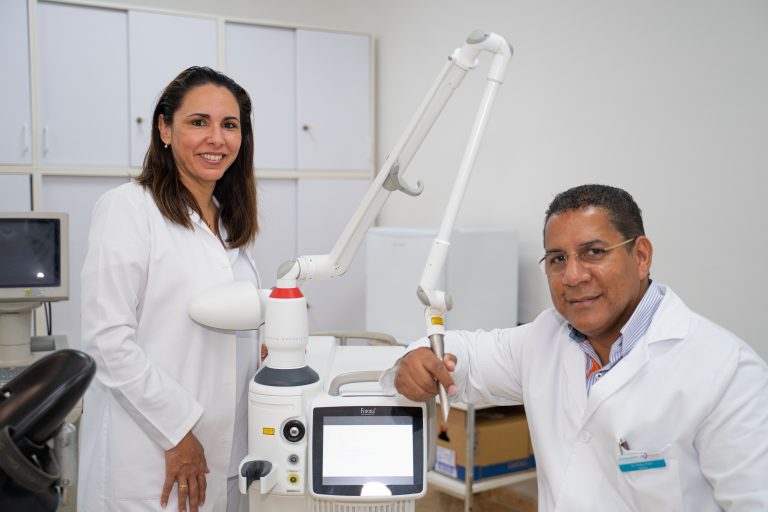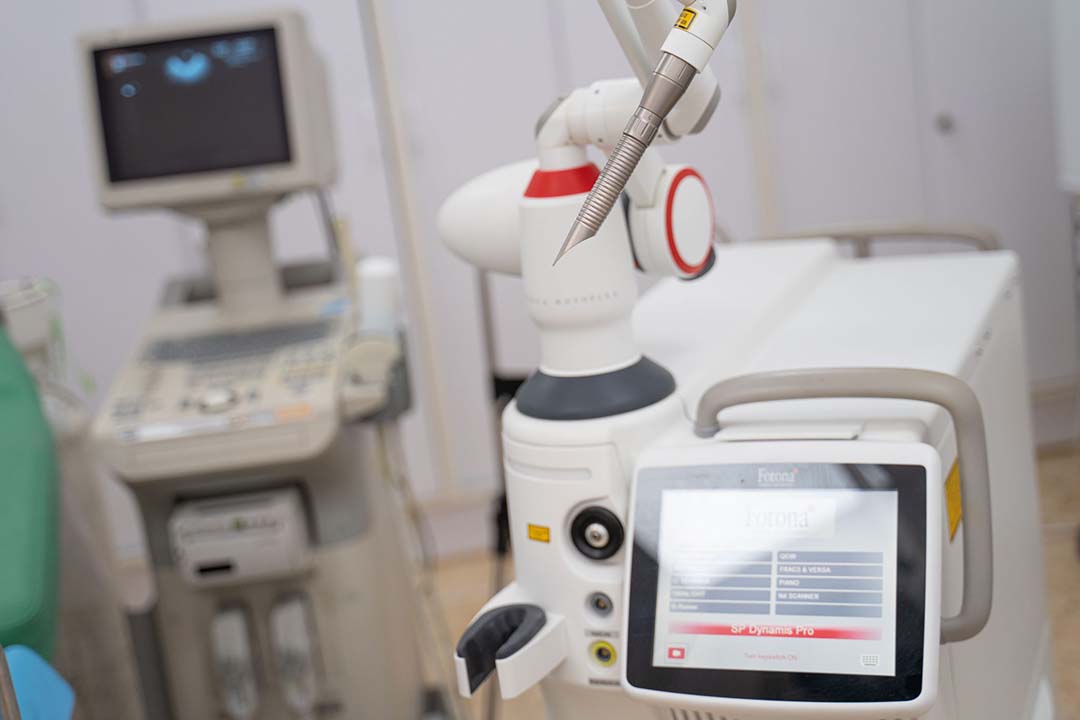It is a small piece of flexible plastic that is inserted into the uterus to prevent pregnancy.
Considered a long-acting and effective method of contraception (98-99%)
It protects you against pregnancy 24 hours a day, 7 days a week, for 3 to 10 years, depending on the IUD you use.
There are hormonal IUDs and copper IUDs. Among the most commonly used:
- Hormones: Mirena, Jaydees, Kylena.
- Copper: Ancora 370u, T 380 Cu
Among its best-known mechanisms of action are the following:
- It creates unfavourable conditions for implementation.
- Thickening of cervical mucus.
- Copper deposits in cervical mucus (copper IUDs) produce spermicidal action and prevent sperm uptake.
When can it be put on?
- During menstruation:
- Assurance of absence of pregnancy
- Easier insertion, the uterus is softer.
- Post-insertion bleeding is of no concern to the patient as it is masked by menstrual bleeding.
- During the rest of the menstrual cycle:
- The absence of pregnancy must be certain.
- Ensure conditions are in place to rule out infection
How is it removed?
The device has a 1 or 2 cm long string that will come out of your cervix into your vagina. You will not notice it, but this string is necessary for the gynaecologist to be able to remove it in the future. You can feel the string if you insert your fingers into your vagina, but never pull on it, as it could move out of place or be pulled out completely.
Is there a chance that the IUD will come out?
There is a small chance of the IUD slipping out of place. It can happen at any time, but it is most common in the first 3 months, and is most likely to come out during your period, so it is very important to have your IUD checked. It is always a good idea to check your pads, tampons or menstrual cup.
When is the device removed?
It is very important to know the date when the IUD was inserted to know when it is necessary to change it, as the IUD expires and stops working and the woman can become pregnant.
If pregnancy is desired, it can be withdrawn and the woman's fertile capacity can be restored without delay.
Does the intrauterine device protect against sexually transmitted diseases (STDs)?
IUDs do not protect against any STIs. So using condoms and IUDs at the same time gives a level of protection against getting a disease and getting pregnant.
Advantages
- Fertility returns immediately.
- They reduce the risk of developing cervical cancer.
- Copper IUDs have no hormonal side effects and may help protect against uterine (endometrial) cancer.
- 99% of effectiveness
- It can last from 3 to 10 years making it one of the cheapest forms of birth control.
- Convenience of not having to schedule contraception, such as the pill.
Disadvantages
- Does not prevent sexually transmitted diseases
- It is rare, but an IUD may move out of place and need to be removed.
- Copper can cause cramps, prolonged and heavy menstrual periods and spotting between periods.
- Progestin-releasing pills can cause irregular bleeding and spotting in the first few months.
When to consider getting an IUD:
- If contraindicated or intolerant of other contraceptive methods.
- If you have a heavy menstrual flow and want shorter menstrual periods (hormonal IUD only)
An IUD should not be considered:
- You are at high risk of contracting STDs
- Has a history of pelvic infection
- She is pregnant
- You have abnormal Pap smears
- Have cervical or uterine cancer







